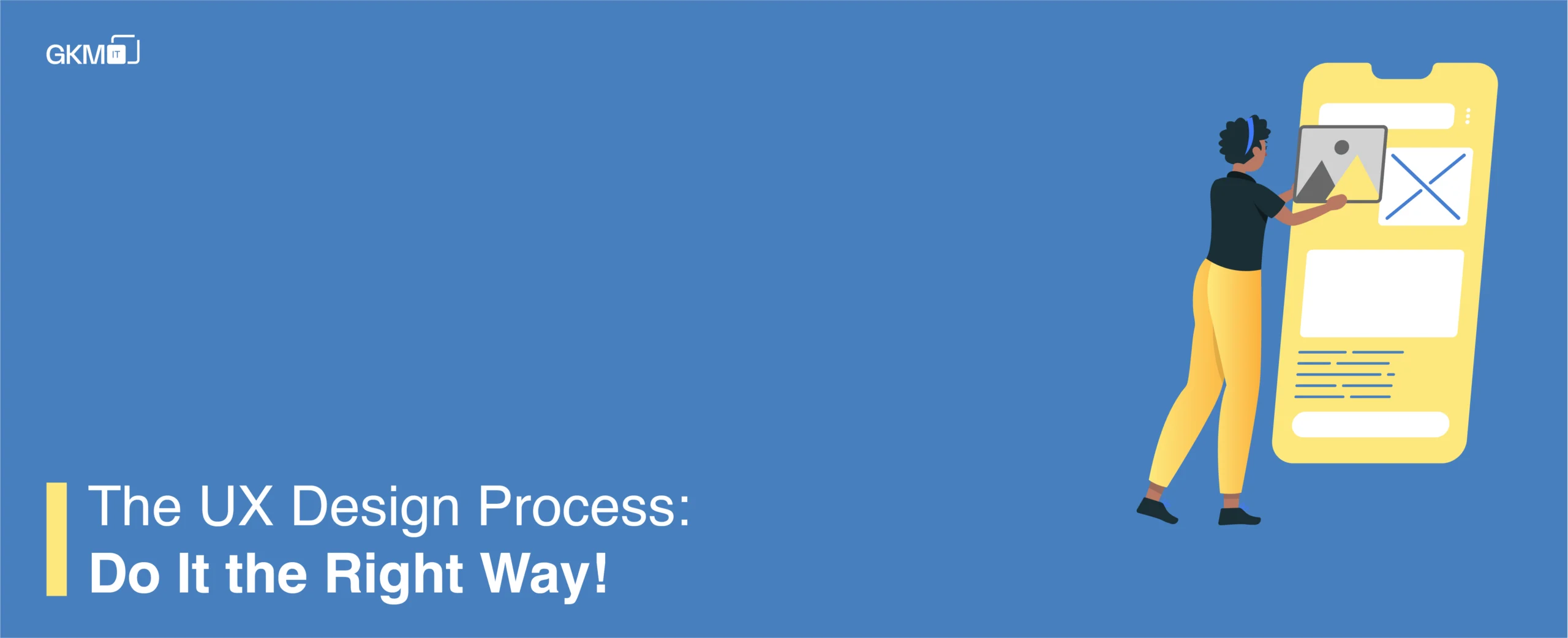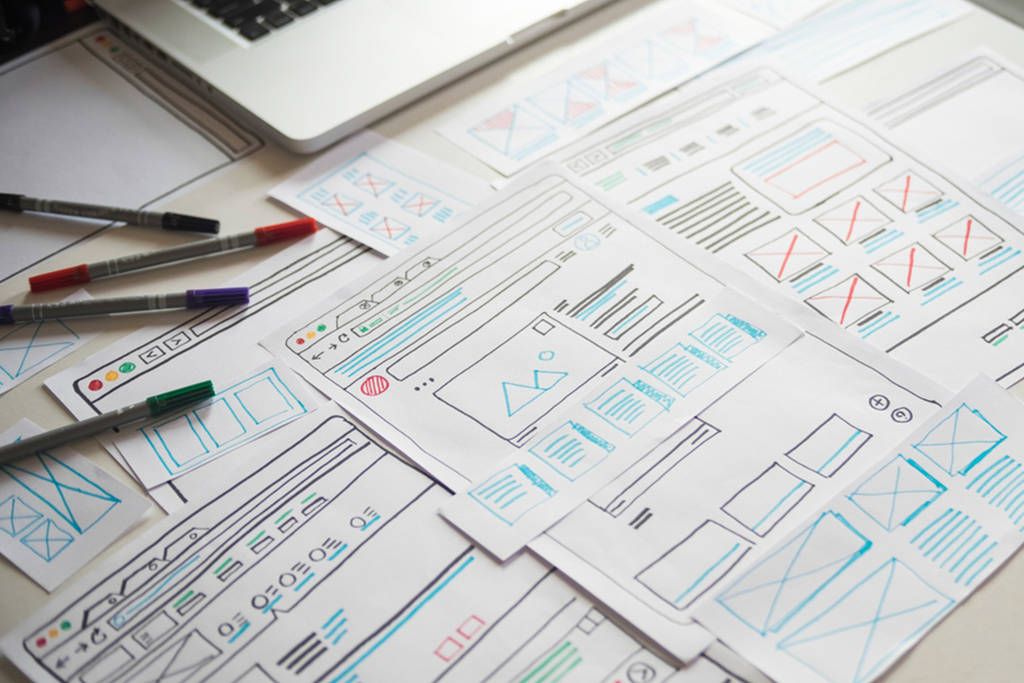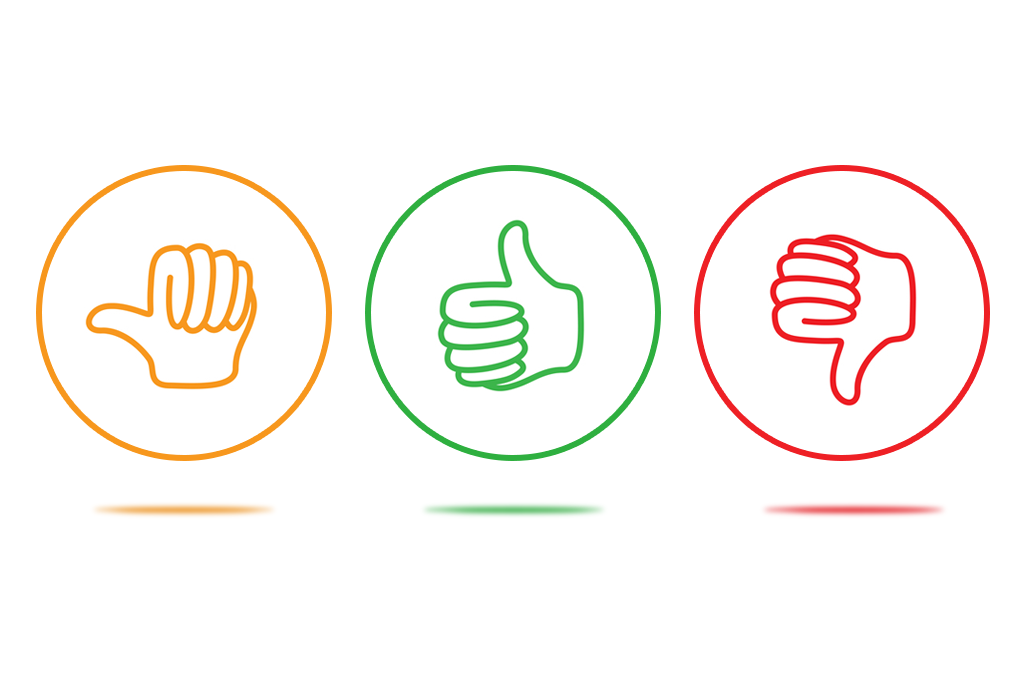
The UX Design Process: Do It the Right Way!
UX Process and How It Looks Like
If we follow the UX design process, it does not just provide users with an intuitive and pleasurable experience but also allows UX designers to iterate, improve, and refine designs at every phase.
Let’s start with the meaning of UX, its design breakdown steps, and how the UXD process plays an essential role.
What is User Experience (UX)?
UX adds value to a product by enhancing the user’s experience, ensuring usability, accessibility, and satisfaction. UX design focuses on creating meaningful and relevant experiences for users.
What is User Experience Design?
Importance of User Experience Design
Why does user experience design matter, and how should it look?
According to Steve Jobs: “Design is not just what it looks like and feels like. Design is how it works.”
By anticipating and fulfilling users’ needs, a good UX design creates a positive experience, ensuring customer satisfaction and loyalty. Poor UX design can lead to frustration and reduced user engagement.
Understanding the UX Design Process
While the UX design process varies by industry and project, certain fundamental steps remain consistent. Here’s an overview:

Every industry has a UX design process but every industry does it differently because a UX design depends on the project and its nature. Every project has different requirements and different approaches. There are certain steps that a designer must follow (like thorough research before deciding on prototypes) and principles for custom-designed specific projects.
1. Understand
The first and foremost step is defining and understanding the problem you aim to solve.
According to Mathew Wakeman in The Book of UX Research: “If I had only one hour to solve a problem, I would spend up to two-thirds of that hour defining what exactly the problem is.”
Key Focus Areas:
- Stakeholder Interviews – Gather insights from key stakeholders about project goals.
- Product Definition – Understand the purpose and scope before building the product.
- Gathering Inspiration – Observe real users, analyze patterns, and avoid premature conclusions.
2. Research

Research is crucial for designing a rich user experience. It includes:
- Examining the latest UX trends.
- Conducting competitor analysis.
- Reviewing guidelines and best practices.
“It took me a few seconds to draw it, but it took me 34 years to learn how to draw it in a few seconds.” — Paula Scher
3. Sketch

This stage involves creating a visual representation of ideas. It includes:
- Collecting and drafting ideas.
- Creating wireframes and sketches.
- Evaluating and refining concepts.
This iterative process ensures designs align with user expectations.
4. Design
Once wireframes are finalized, designers focus on:
- Creating prototypes.
- Defining UX guidelines.
- Designing UI images and layouts.
5. Implement
While the design is being finalized, developers start building the product. The development team integrates backend functionality with UI, ensuring a seamless experience.
Responsibilities:
- Design Team – Ensures the UI meets UX guidelines.
- Development Team – Implements functionality and integrates the design.
6. Evaluate

Once the product is built, it undergoes evaluation based on:
- Usability testing.
- User feedback and analytics.
- Identifying areas for improvement.
Activities in this stage include:
- Comparing implementation with intended UX.
- UI audits and iterative refinements.
The Role of UI UX Design Services in Enhancing UX
Professional UI/UX Design Services ensure an optimized experience by following a structured design process. They focus on research, usability, and continuous improvements, helping businesses deliver outstanding digital experiences.
Conclusion
By following the UX design process iteratively, businesses can achieve an exceptional user experience. A well-structured UX design retains existing users while attracting new ones. Feedback is essential for continuous improvement.
Thank you for reading! Stay tuned for our next blog on UX design fundamentals.